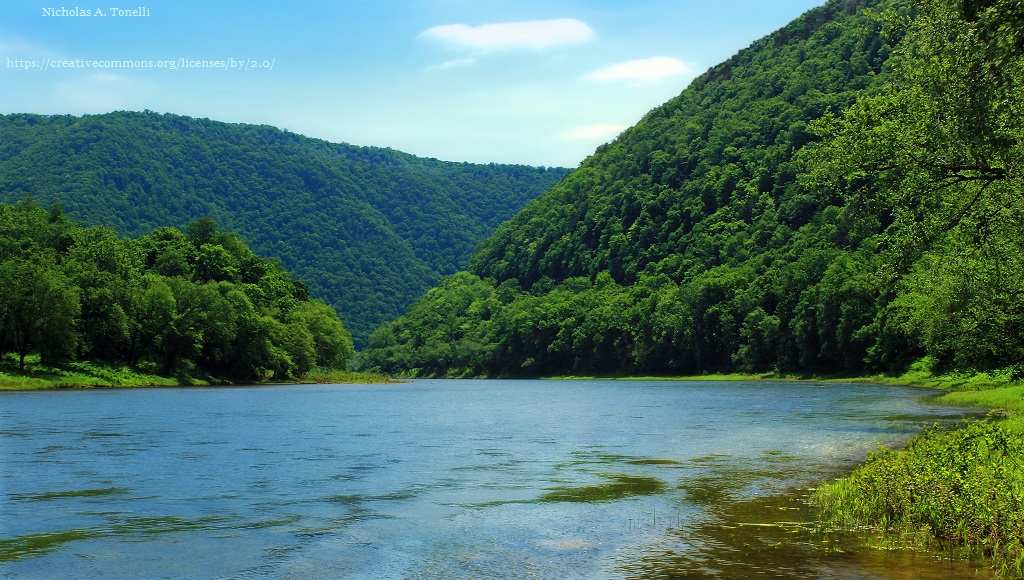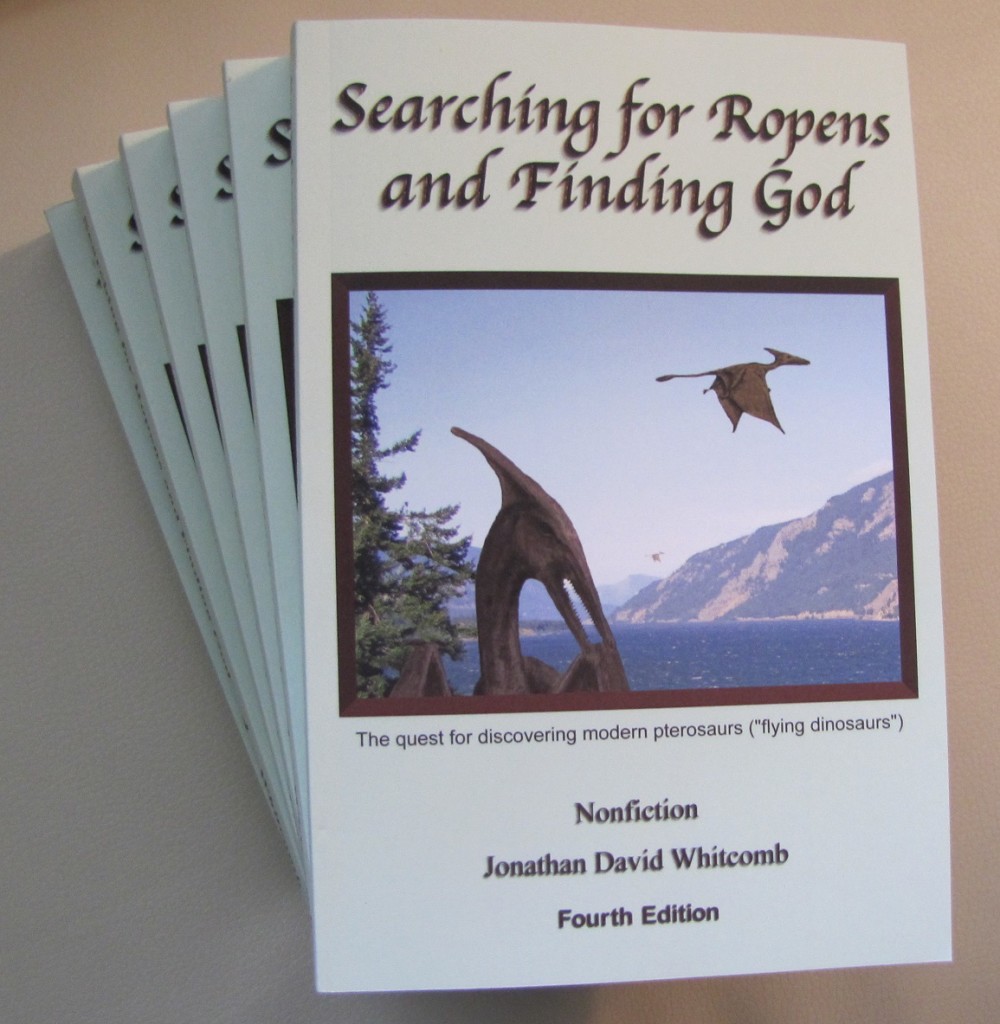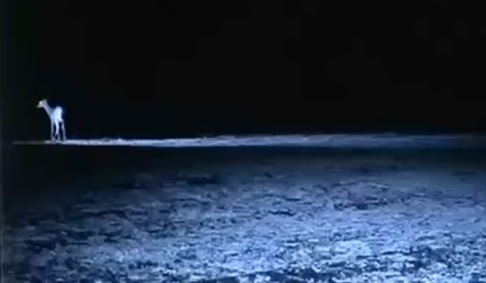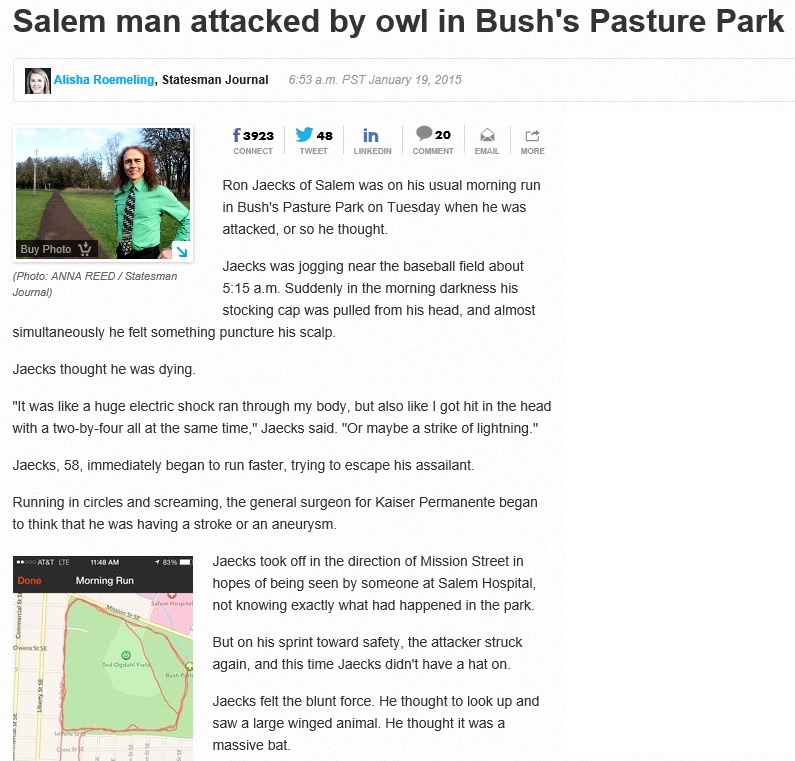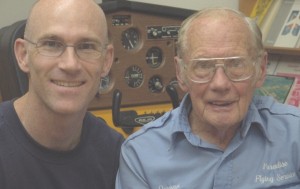Does a species of ropen live in Pennsylvania or at least pass through that state on occasion? We need to keep these sighting reports in context, for other eyewitnesses have seen similar featherless flying creatures in surrounding states of the USA, including Ohio and Virginia.
We also need to keep in mind the concept that when one eyewitness reports to me a sighting (of an apparent pterosaur) in a particular area, there were quite likely other eyewitnesses who had similar sightings but never contacted me, for various reasons.
Here are some dates and locations of sightings:
- 2006 (mid-summer): Southwest Greensburg, PA
- 2011-June: southern Susquehanna County, PA
- 2014-June-14: Penn Hills (outside of Pittsburgh)
Encounter Near Pittsburgh (mid-June, 2014)
Today I witnessed a flying creature I’ve never seen in my life. I was riding passenger seat in Penn Hills (outside of Pittsburgh), PA. It was around [noon], very hot during this time. At first glance, I thought it was a hawk because of its bottom claws and wingspan. But the closer we got, the more I could see that it didn’t have feathers. It just [looked] like latex skin, there was a layer of hair but it wasn’t feathers. . . . But the STRANGEST PART had to be the tail; it had like a ball on the end. And the way it flew was like nothing I ever seen . . . like swimming in the air but maintained the same height and speed but it appeared like it was moving in slow motion at the same time.
Sighting near Marietta, Ohio
In June of 2014, I got an email from a lady who had witnessed an apparent pterosaur in a rural area of Ohio:
Several years ago when I was in college I briefly saw what looked like two of them flying close together while I was driving. . . . I thought I was crazy for a minute, like I was seeing things . . . but I don’t know of any birds that look like that that are featherless, that large, and grey. . . . I was happy to be inside my car.
Sighting in Virginia
In May 2005, in Midlothian, Virginia, . . . a giant bird glided down from a tree, no flapping of wings, probably 35 feet across. It looked exactly like a pterodactyl, and I have told very few people about it since it sounds like I have gone crazy. . . . Later at the same time period on Braddock Rd in N.VA there was a sighting also. It was enormous, and I am so glad to find I am not alone in this [kind of] sighting!
Potential for bioluminescent ropen in Pennsylvania
The following is from an email I, Jonathan Whitcomb, received from an eyewitness:
Last Sunday night (December 11, 2011), I was outside and I looked up and saw a moving orange light. At first I thought it was a meteor, but then I looked right at it and saw it wasn’t moving in a straight line. When I looked right at it, I could see it was zigzagging . . . Also, I thought it appeared to have wings that were flapping, although it was so dark I couldn’t tell for sure. If it did have wings, the wings weren’t glowing. The light only lasted about two seconds. . . . quite high up. It appeared to be somewhere near Robinson Lake (near mile marker 208 along I-81 in Pennsylvania).
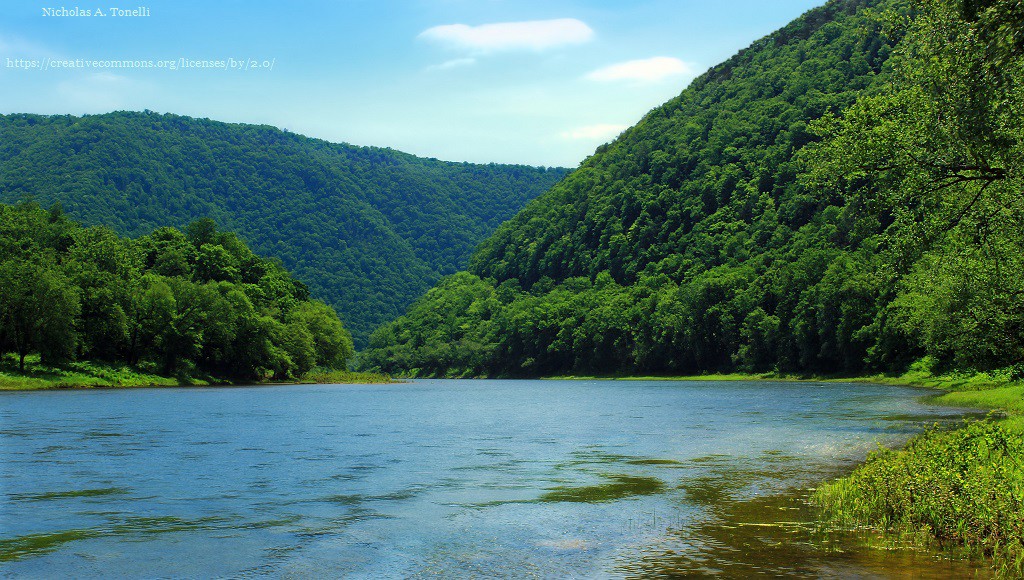
West branch of the Susquehanna River, Clinton County, Pennsylvania
###
.
A flying creature in Pennsylvania
I saw something flying from east to west, about 700 feet north of where I was (in our cow pasture, in southern Susquehanna County, Pennsylvania). It looked black, and I couldn’t see any feathers on it, although I couldn’t be sure it didn’t have feathers. . . . I saw a similar-looking flying creature flying over Lenoxville, and that one did seem to have a flange at the end of the tail — at least, there was some kind of bulge at the end of the tail . . .
A Real Pterosaur in Pennsylvania
The wing span appeared to be at least six feet . . . you could clearly make out a long “horn” or “cone” type protrusion coming out of the back of its skull, which was at the end of an elongated neck . . . This “bird” also seemed to have a long tail . . . As it was almost directly over us we all agreed we couldn’t see feathers anywhere and my student Carrie said “It looks like pterodactyl . . . doesn’t it?”
Universal Pterosaur Extinction, or not
How could Darwin have imagined that small populations of nocturnal pterosaurs are scattered across the planet? They rarely congregate anywhere and appear to humans in daylight only on occasion.
Jonathan Whitcomb—paleontologist or cryptozoologist?
One critical point here, unappreciated by some paleontologists, is that those eyewitnesses come from various countries and have different backgrounds and beliefs, including differing religious beliefs. Why is that critical? Significant similarities in the descriptions include featherless appearances, a cone-like appendage at the back of the head, and a long tail, sometimes described with a “diamond” at tail-end.
.
Searching for Ropens and Finding God – fourth edition, published in October of 2014 – 360 pages – nonfiction – by the American cryptozoologist Jonathan David Whitcomb
.

